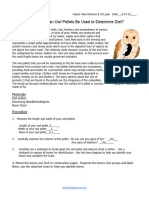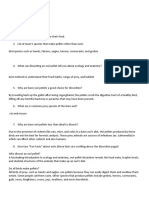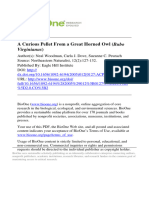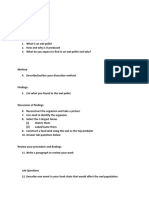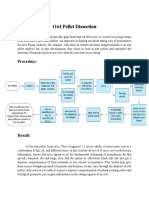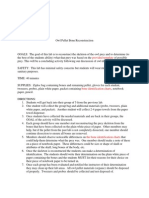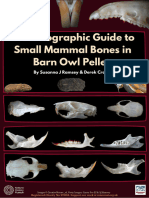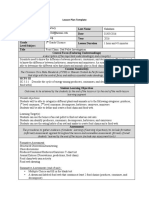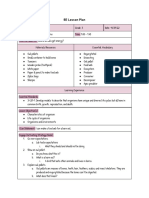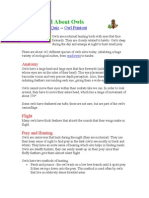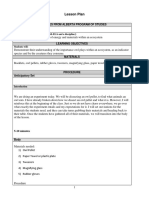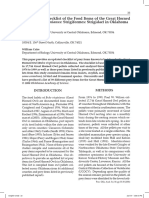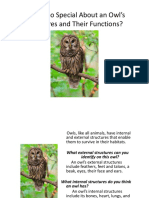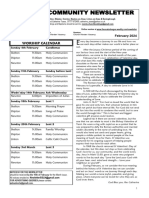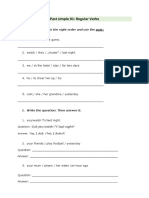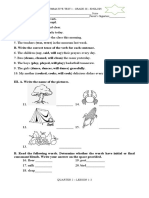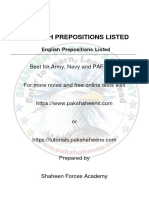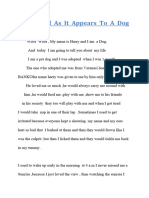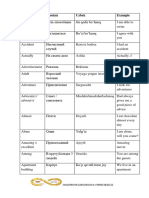0% found this document useful (0 votes)
1K views10 pagesAnswer Key
The document provides a comprehensive guide for an owl pellet dissection lab, detailing the adaptations of barn owls, their diet, and the digestion process. It includes pre-lab questions, safety procedures, and analysis questions to assess students' understanding of the owl's ecological role. Additionally, it emphasizes the importance of owls in controlling small animal populations and their interactions within the ecosystem.
Uploaded by
vanessa smithCopyright
© © All Rights Reserved
We take content rights seriously. If you suspect this is your content, claim it here.
Available Formats
Download as PDF, TXT or read online on Scribd
0% found this document useful (0 votes)
1K views10 pagesAnswer Key
The document provides a comprehensive guide for an owl pellet dissection lab, detailing the adaptations of barn owls, their diet, and the digestion process. It includes pre-lab questions, safety procedures, and analysis questions to assess students' understanding of the owl's ecological role. Additionally, it emphasizes the importance of owls in controlling small animal populations and their interactions within the ecosystem.
Uploaded by
vanessa smithCopyright
© © All Rights Reserved
We take content rights seriously. If you suspect this is your content, claim it here.
Available Formats
Download as PDF, TXT or read online on Scribd
/ 10






